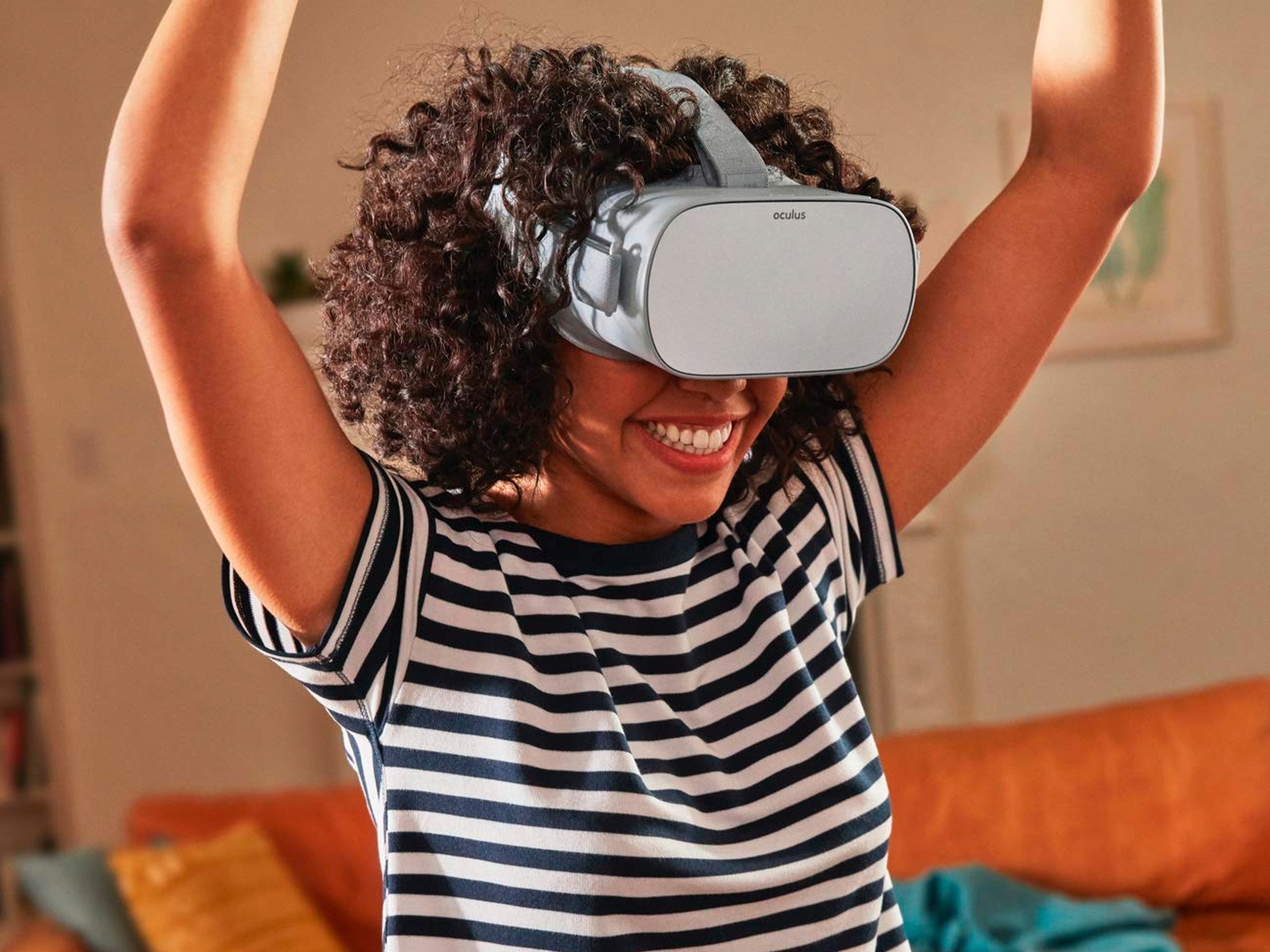Apple's VR headset to come with eye-tracking, says Kuo - TechnW3
What you need to know
- Ming-Chi Kuo says Apple's VR headset may feature eye-tracking.
- The report echoes previous murmurs the technology might feature.
- Kuo also hinted at the possibility of Iris recognition.
A new report from Ming-Chi Kuo says Apple's VR headset may feature eye-tracking technology to challenge the best VR headsets around, echoing previous reports.
In a note seen by iMore, Kuo states that eye-tracking is "the most important new human-machine interface technology for headsets", providing a smooth experience whilst detecting eye movements and providing feedback. Kuo says that the Apple VR headset is set to benefit from this technology, as we've previously heard:
We predict that Apple headsets will be equipped with an eye-tracking system, which includes a transmitter and a receiver, which can detect and obtain eye movement information, and then provide users with images/images/information based on algorithms. Zhishen, the exclusive supplier of transmitter modules, is the main beneficiary of this trend.
Kuo says Apple's technology includes a transmitter and receiver, detecting changes in light reflected by the eyeball and judging the movement accordingly. The aforementioned Zhishen is predicted to be the exclusive supplier of this tech.
Kuo also hints that the Apple VR headset may include iris recognition technology, to be used as a means for biometric security. Kuo states "we are still not sure whether the Apple headset can support iris recognition", but that given the hardware specs of the eye-tracking software, the headset could support it.
This, interestingly enough, could provide users "a more intuitive Apple Pay method when using headsets", suggesting users might be able to use a headset to pay for goods and services whilst browsing the web, or perhaps to make purchases of games or in-game items.
Apple's VR headset release date is tipped to be 2022, with reports on cost ranging from $1,000 to $3,000.
from iMore - Learn more. Be more.
via TechnW3


No comments: